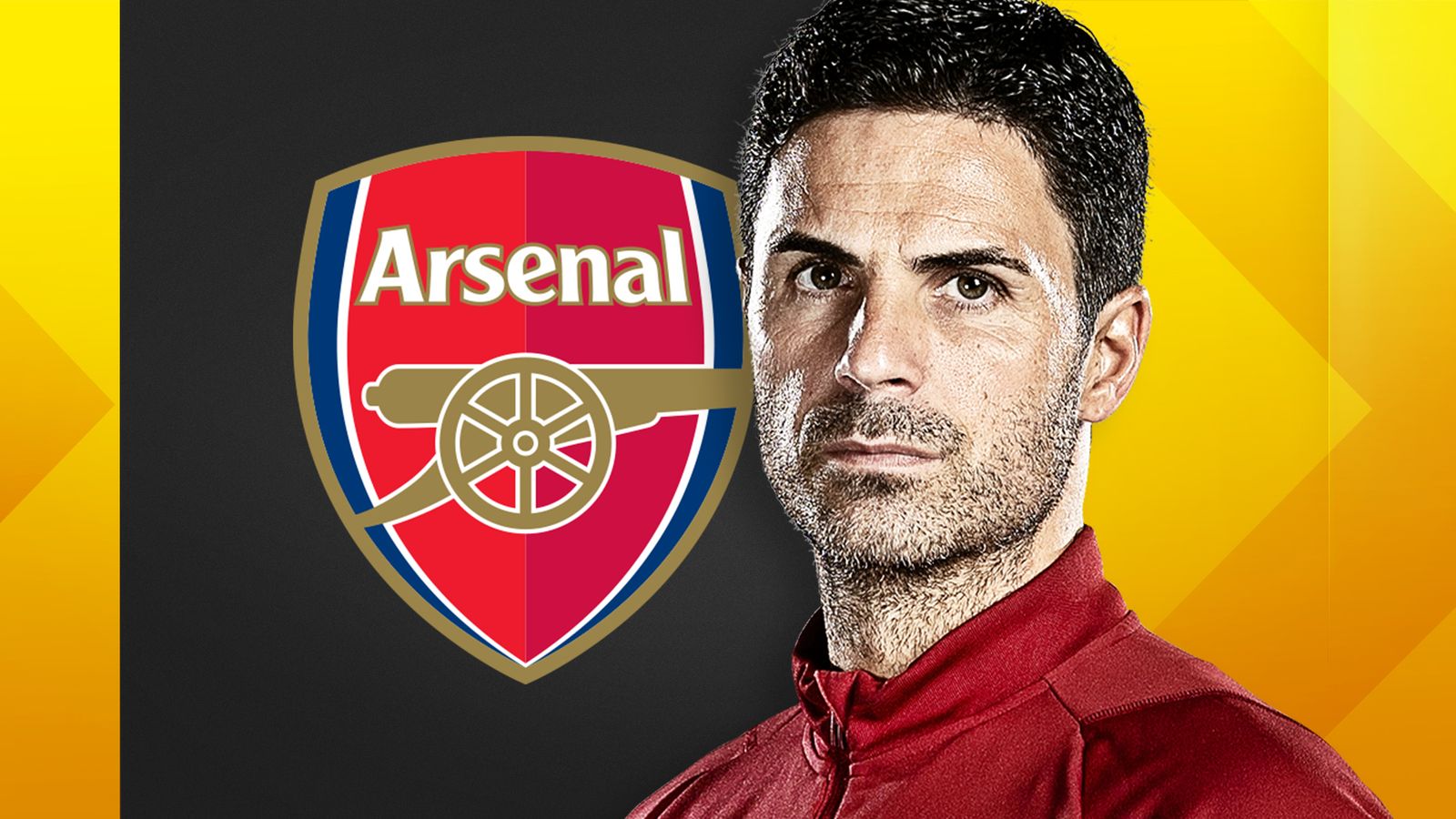
Beyond the Number Nine: The Rise of Top-Scoring Non-Strikers in European Football
For decades, the narrative of goal-scoring in football has been dominated by the iconic number nine – the prolific striker, the central figure whose primary role is to put the ball in the back of the net. From Gerd Müller to Ronaldo Nazário, and more recently to Robert Lewandowski and Erling Haaland, these clinical finishers have been the focal point of their teams’ attacks. However, modern European football is undergoing a fascinating tactical evolution, one that sees the burden of goal-scoring increasingly shared across the pitch. We are witnessing an unprecedented rise in top-scoring non-strikers – midfielders, wingers, and even defenders – who are consistently contributing significant numbers to their teams’ tallies, challenging traditional positional boundaries and enriching the attacking landscape of the beautiful game.
This shift is not merely a statistical anomaly but a reflection of profound tactical changes. The rigid 4-4-2 or 4-3-3 formations of yesteryear have given way to more fluid systems, where players are encouraged to interchange positions, exploit spaces, and contribute to all phases of play. The emphasis on possession, high pressing, and intricate build-up play means that goals are often the culmination of collective movement and intelligent runs, rather than solely the product of a lone poacher.
Let’s delve into the various categories of non-strikers who are now consistently finding the back of the net at the highest level of European football.
The Attacking Midfield Maestro: The New Engine of Goals
The attacking midfielder, or the ‘number 10’, has always been a creative hub, responsible for unlocking defenses with incisive passes and dazzling dribbles. Historically, their goal tallies were respectable but rarely challenged those of their striker counterparts. Today, however, many modern attacking midfielders are combining their playmaking abilities with a keen eye for goal, making late runs into the box or unleashing powerful shots from distance.
Players like Bruno Fernandes at Manchester United epitomize this trend. While often deployed as a central attacking midfielder, his goal-scoring record since arriving in the Premier League has been astounding, frequently outscoring dedicated strikers. His ability to arrive late in the box, his penalty-taking prowess, and his thunderous long-range efforts make him a constant goal threat. Similarly, Martin Ødegaard at Arsenal, while primarily a creator, has significantly increased his goal output, showcasing intelligent movement and clinical finishing from midfield positions.
In the Bundesliga, the likes of Florian Wirtz at Bayer Leverkusen and Jamal Musiala at Bayern Munich, both operating in advanced midfield roles, are testament to this phenomenon. Their close control, dribbling ability, and composure in front of goal allow them to weave through defenses and contribute crucial strikes, often acting as secondary, or even primary, goal threats in systems that might employ a "false nine" or a more withdrawn striker. Jude Bellingham at Real Madrid, though often classified as a central midfielder, plays with such attacking impetus and incredible timing on his runs into the box that he consistently registers striker-level goal numbers, blurring the lines between positions entirely.
These players thrive in systems that grant them freedom to roam and exploit defensive gaps, often pushing higher than traditional midfielders and linking up directly with the forward line. Their technical proficiency allows them to convert chances that might historically have fallen only to a designated striker.
The Dynamic Wide Forwards: Cut Inside and Score
While wingers have always been involved in attacking play, the evolution of the "inverted winger" has transformed them into bona fide goal-scoring machines. No longer are they solely focused on hugging the touchline and delivering crosses; instead, they cut inside onto their stronger foot, driving directly towards goal.
Mohamed Salah at Liverpool is perhaps the quintessential example of this. While he often plays as the most advanced player in Liverpool’s system, his starting position on the right wing and his relentless pursuit of goals by cutting onto his left foot makes him a prime example of a non-striker who consistently leads goal charts. His incredible pace, dribbling, and clinical finishing have seen him break numerous scoring records.
Across Europe, players like Vinicius Jr. at Real Madrid, Bukayo Saka at Arsenal, and Khvicha Kvaratskhelia at Napoli operate in similar fashion. They possess the individual brilliance to beat defenders, the vision to pick out passes, and, crucially, the composure to finish chances themselves. Their high volume of shots, often from central areas after cutting inside, makes them incredibly dangerous. In many modern systems, these wide forwards are designed to be the primary goal threats, with a central forward acting more as a link-up player or a decoy.
The Ascendant Full-Back/Wing-Back: Attacking from Deep
Perhaps the most surprising source of goals from non-strikers has been the modern full-back or wing-back. Once primarily defensive roles, these positions have evolved into crucial attacking outlets, providing width, delivering crosses, and making late runs into the box.
Players like Trent Alexander-Arnold at Liverpool and Reece James at Chelsea are prime examples from the Premier League. While known for their exceptional crossing and passing range, both players also possess a powerful shot and an uncanny ability to arrive in dangerous positions to score. In Serie A, Theo Hernandez at AC Milan showcases blistering pace and a powerful left foot, often driving deep into the opposition box to score crucial goals. In the Bundesliga, Jeremie Frimpong at Bayer Leverkusen has become a prolific wing-back, combining defensive duties with consistent goal contributions through his relentless runs and attacking instincts.
The tactical reasoning behind this is clear: when wide forwards cut inside, they vacate space on the flanks, which is then exploited by overlapping full-backs. In systems employing three at the back, wing-backs are often given even greater license to attack, almost functioning as additional wingers. Their goals often come from powerful shots from inside or just outside the box, or from arriving unmarked at the far post.
The Defensive Contribution: Set-Piece Prowess and More
Even central defenders, traditionally the least likely to score, are contributing more goals than ever before. While less frequent in open play, their aerial prowess during set-pieces – corners and free-kicks – makes them significant threats. Top-tier centre-backs like Virgil van Dijk (Liverpool), Ronald Araújo (Barcelona), and William Saliba (Arsenal) are all capable of towering headers that lead to goals.
Furthermore, some defenders are also designated penalty takers, adding to their tallies. This highlights the specialized coaching in modern football, where set-piece routines are meticulously planned to maximize goal-scoring opportunities from every angle.
Why the Shift? The Tactical Underpinnings
Several tactical and strategic factors underpin this proliferation of goals from non-strikers:
- Fluid Formations and Positional Interchanges: Modern systems like the 4-3-3, 4-2-3-1, and 3-4-3 are highly flexible. Players are no longer confined to rigid positions but encouraged to move into spaces, interchange roles, and create numerical overloads. This fluidity allows non-strikers to drift into goal-scoring positions.
- High Pressing and Counter-Pressing: Teams are increasingly adept at winning the ball high up the pitch. This means turnovers occur closer to the opponent’s goal, creating immediate scoring opportunities for players who might not traditionally be in an advanced position but are involved in the press.
- Increased Technical Proficiency: The overall technical quality of players across all positions has improved dramatically. Defenders are better on the ball, and midfielders possess better finishing ability, making them capable of converting a wider range of chances.
- Data Analytics and Expected Goals (xG): Clubs now heavily rely on data to understand where and how goals are scored. This informs training routines and tactical setups, encouraging players to get into high-xG positions regardless of their traditional role.
- Importance of Set Pieces: With defensive organization improving, open-play goals can be hard to come by. Set-pieces become crucial, and teams dedicate significant time to designing routines that exploit defensive weaknesses, often leveraging the height and heading ability of defenders.
- "False Nine" and Striker Evolution: The rise of the "false nine" (a deeper-lying forward who vacates the central area) has created space for attacking midfielders and wide forwards to run into, turning them into de facto strikers. Even traditional strikers are now often expected to drop deep, link play, and facilitate runs from others, shifting some of the direct goal-scoring burden.
The Impact on Team Dynamics
This trend has profound implications for team dynamics. Firstly, it makes teams far less predictable and harder to defend against. If goals can come from multiple sources – a midfielder’s late run, a winger’s cut-in, a full-back’s overlap, or a defender’s header from a corner – opponents cannot simply focus on neutralizing a single striker.
Secondly, it fosters a sense of collective responsibility for goal-scoring. Rather than relying on one individual, the entire team is involved in creating and converting chances. This can lead to greater resilience and adaptability, as a team isn’t crippled if their main striker has an off day or is injured.
Conclusion
The landscape of goal-scoring in European football has irrevocably changed. While the elite number nine will always hold a special place, the modern game celebrates the versatility and goal-scoring prowess of non-strikers. From the surging runs of attacking midfielders and the incisive cuts of inverted wingers to the powerful overlaps of full-backs and the aerial dominance of central defenders, goals are now truly a collective effort. This evolution makes the game more dynamic, unpredictable, and exciting, showcasing the tactical ingenuity of coaches and the multifaceted talents of players who are pushing the boundaries of their traditional roles, proving that in football, a goal can truly come from anywhere on the pitch.



